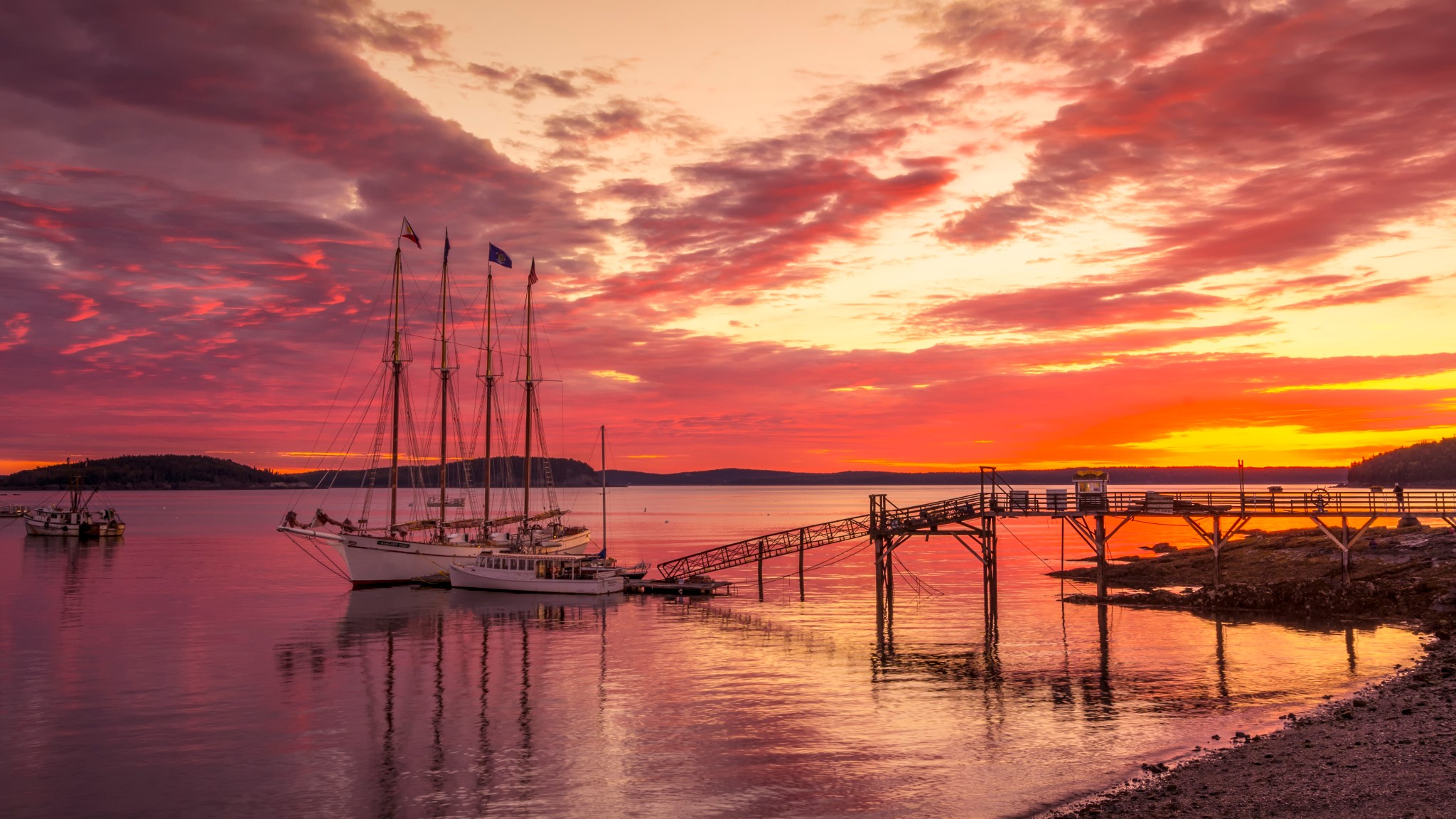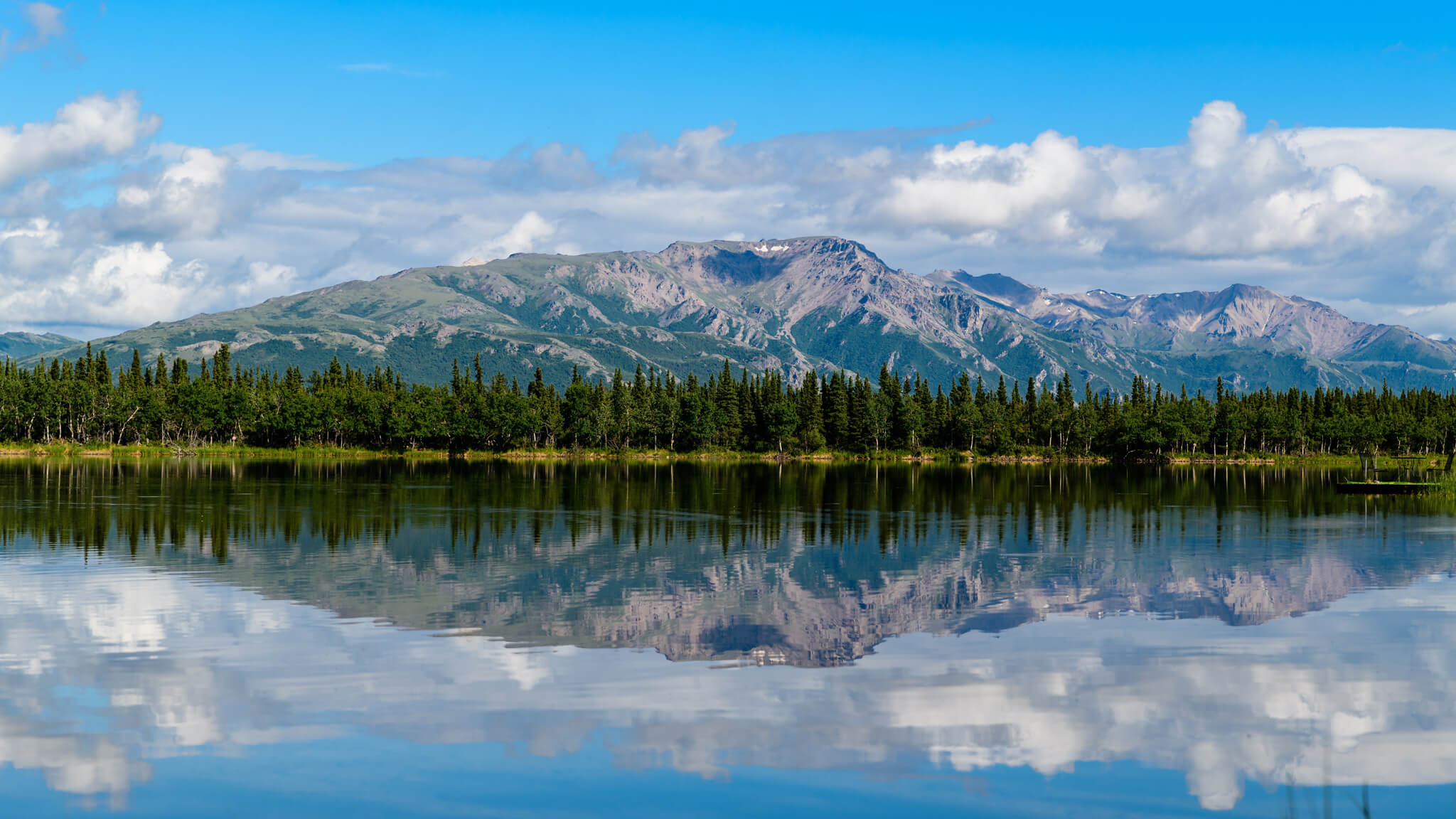Northern Lights 101:
What, Where, When & How
There’s not much that can compete with the mesmerizing show of the Aurora Borealis. What makes it happen? When’s the best time and place to watch the glowing celestial waves? Is it related to temperature, magnetism, pixie dust? Our Brand Ambassador, Steve, has a chat with astrophysicist, Dr. Joe Pesce for some Northern Lights 101. Read on about what, when, where and how to see them!
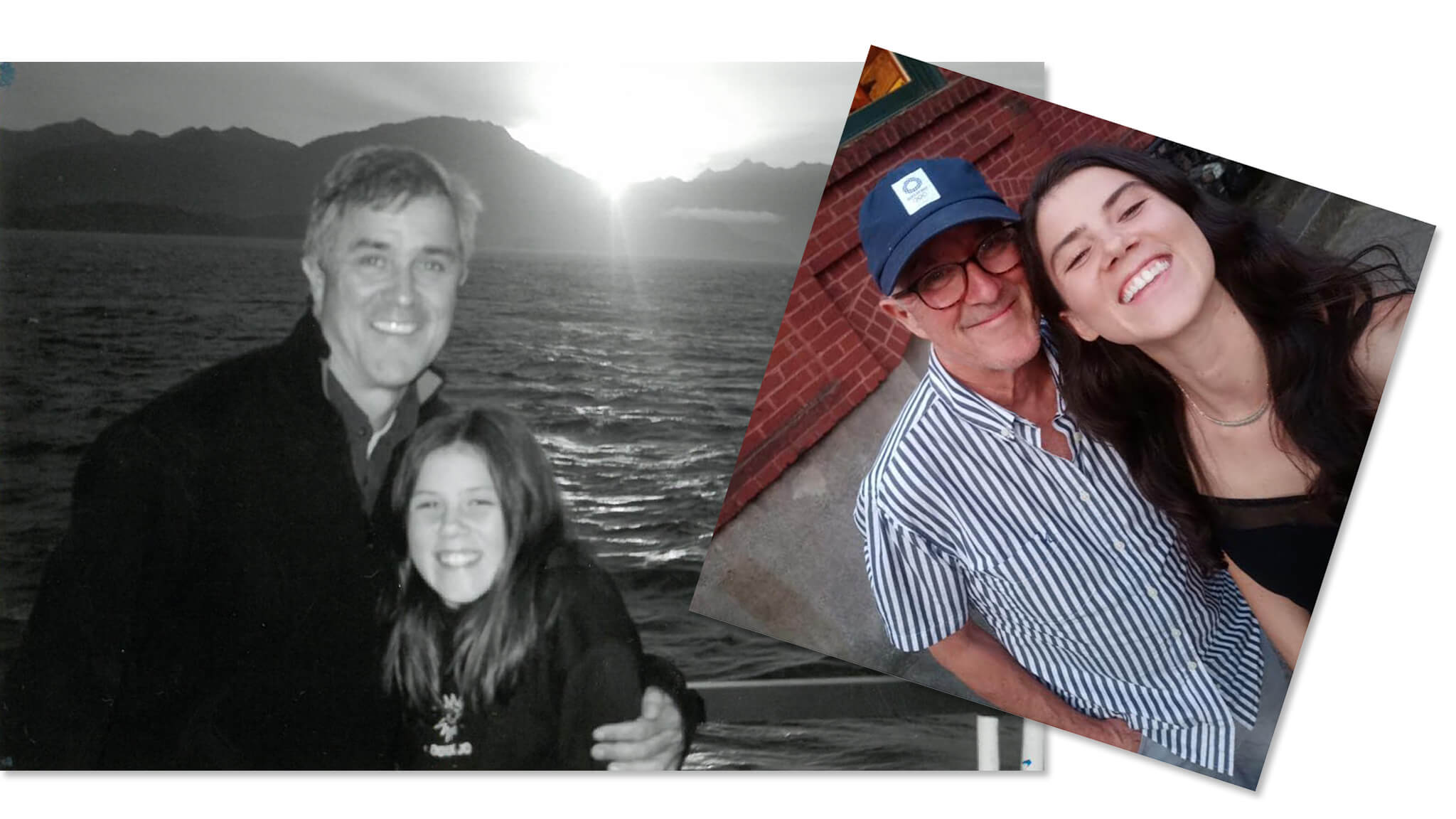
Steve and Perrie in Alaska (2003) and present day
In late summer of 2003, my daughter Perrie and I traveled Alaska’s Inside Passage aboard a small ship. South of Juneau near the town of Wrangell we were awakened by the crew long after midnight and joined other guests on the top deck to witness the Aurora Borealis illuminating the darkened summer sky. What a sight it was!
From Greek explorers to ancient Chinese historians, in Japanese folklore and Native American mythology, the phenomenon we know as the Northern Lights (Aurora Borealis) has inspired and mystified for millennium.
Ben Franklin theorized the connection between charged particles and the eerie glow. But most credit Norwegian scientist Kristian Birkeland and his 1908 scientific paper for zeroing in on the causes of earth’s Auroras. With Dr. Birkeland currently unavailable I reached out to my next best source, Dr. Joe Pesce to explain the science behind the glow.
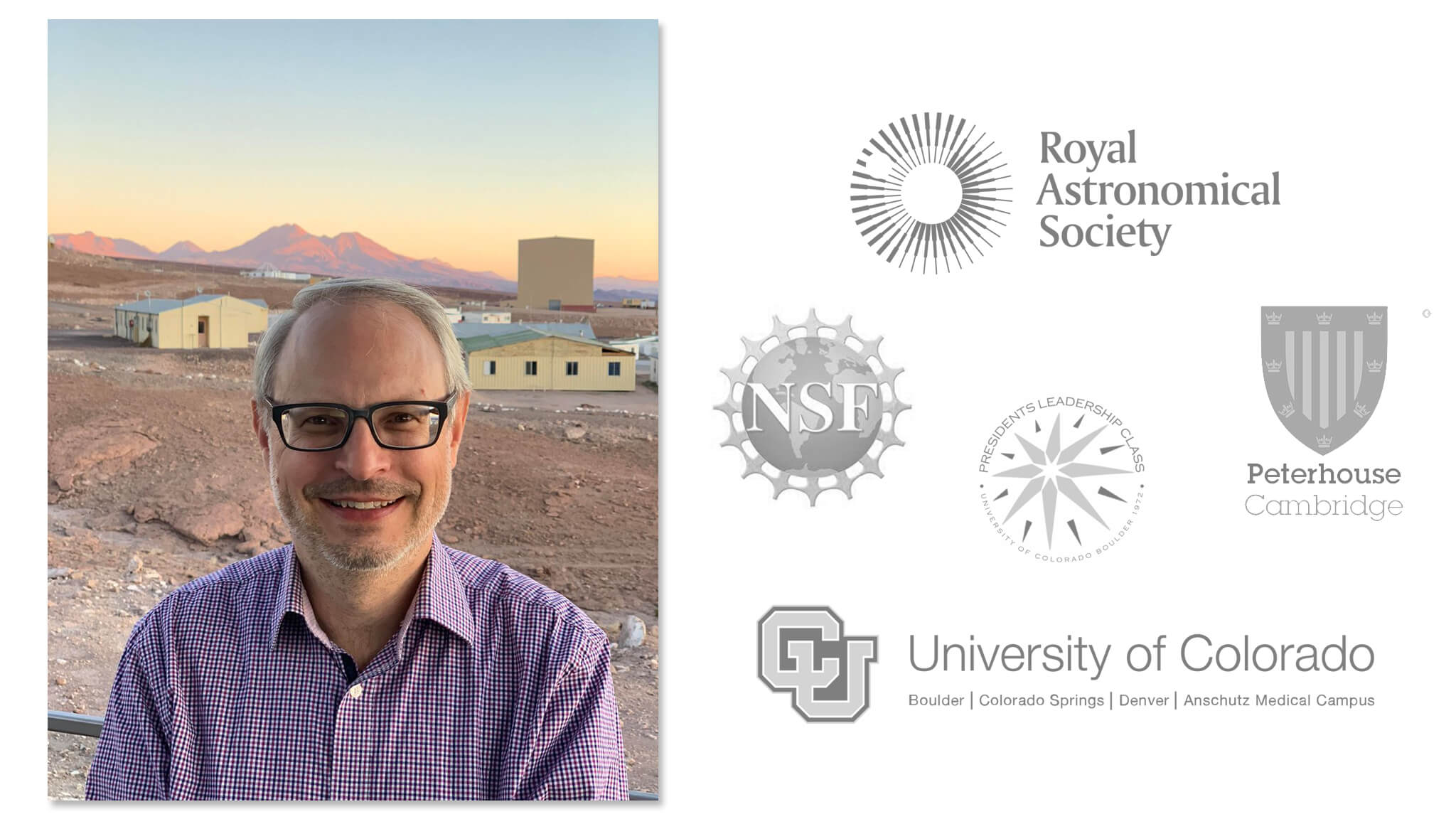
Dr. Joe Pesce
Who’s Joe? He’s an astrophysicist (I just love saying that), a Program Director with the National Science Foundation and he’s been observing the universe for decades. We met while I was with the President’s Leadership Class at CU Boulder. Our conversation went something like this.
Hey Joe. Need your help with this one. The Northern Lights.
“Hi. Steve, Sure, let’s see. The Earth has a magnetic field, with magnetic field lines coming out near the north pole and going in near the south pole, like a bar magnet. As we’re orbiting the sun there’s lots of material coming off of the sun, basically charged particles; protons and electrons.
These particles are flowing off of the atmosphere of the sun and going out into space. Most of them flow to outer space without any effect on us. But, for those that flow past the earth some get trapped by our magnetic field and then they get funneled into the north and south polar regions.”
Ok, with you so far. (I think?)
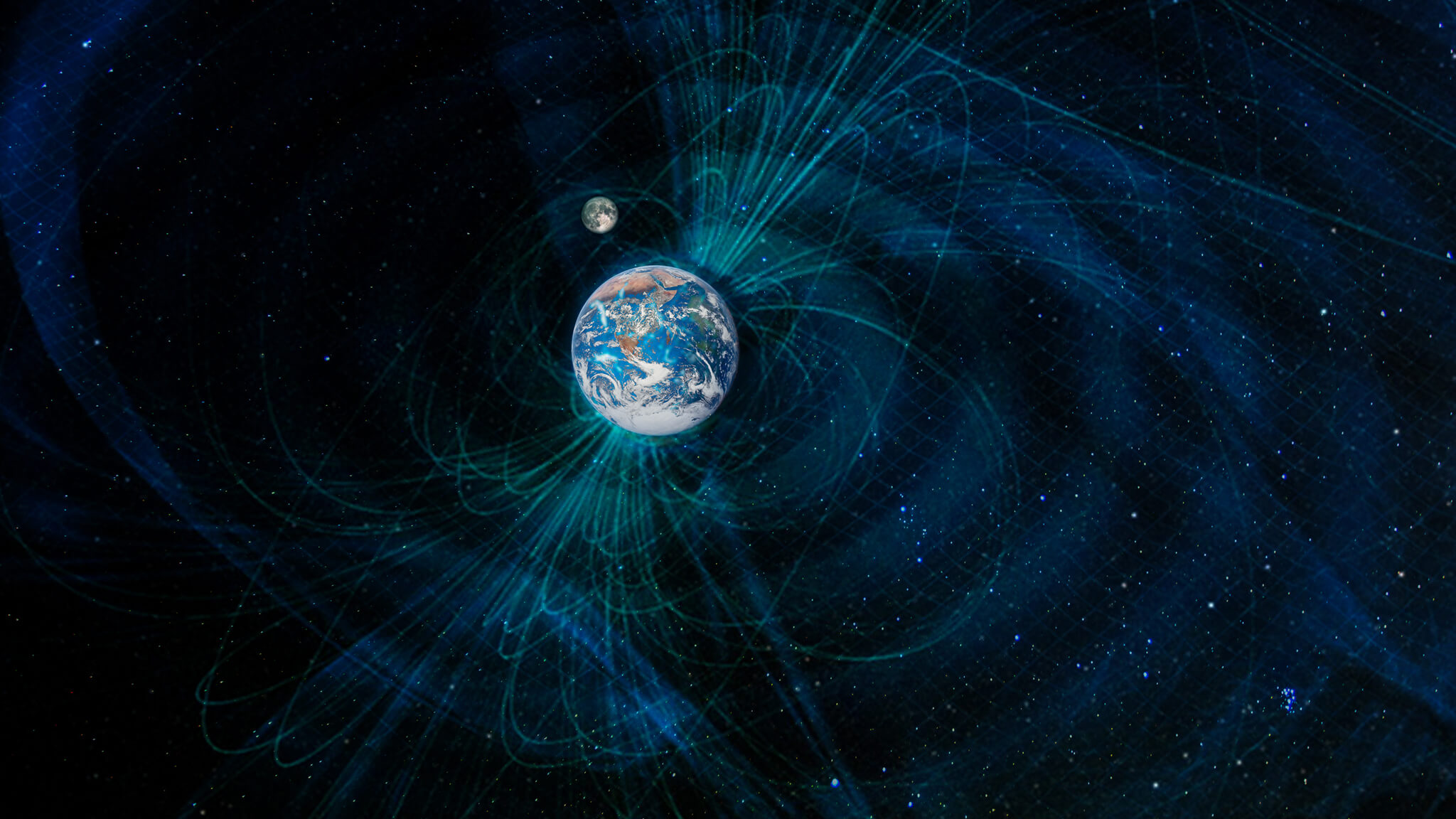
Earth’s magnetic fields
“They spiral along the magnetic field lines and come down into the polar caps. As they’re coming in, they smash into the upper atmosphere. They have a lot of energy and when they collide with (for example) oxygen molecules in our atmosphere they cause those molecules to glow, like a florescent light bulb.”
So the light we see is…
“The streamers of light are those electrons/protons smashing into oxygen molecules in the extreme upper atmosphere, causing the oxygen molecule to release a photon of light. That’s where the phosphorescent green light comes from.”
Why does it appear as waves of light?
“The wave nature of the Aurora is basically the structure of the magnetic field. You get these sheets of light, which are basically the magnetic field lines coming down in a coherent structure. Sometimes the field lines are chaotic so you get a similarly chaotic display. But then other times you get the nice flowing form.”
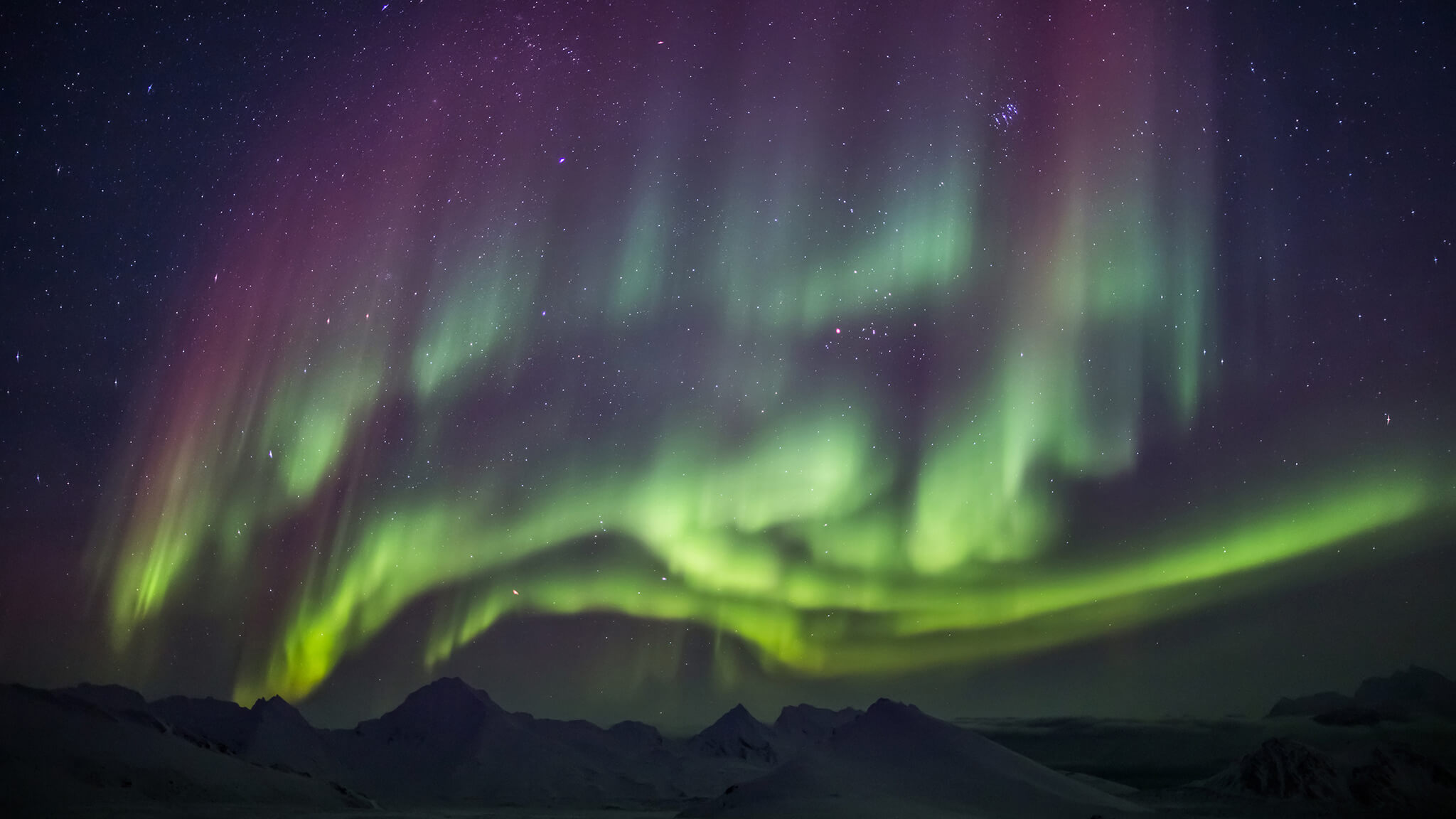
Sheets of light based on magnetic field lines in Alaska skies
And this starts with particles coming from the sun?
“Well, they are coming from all over in space but, yes, primarily from the sun. The sun is the closest astronomical object to us and it expels a lot of these charged particles.”
Ok, but why do we need to be in extreme northerly or southerly locations to see this?
“The magnetic field comes out of the north polar region then flows around earth to the south magnetic pole. It’s at these polar regions, where the magnetic field lines are flowing through the lower atmosphere, that you see the Aurora phenomenon.”
I’m currently in Malaysia a few hundred miles from the equator. Not likely to see much.
“That’s right. The part of the magnetic field near the equator is way above the earth’s atmosphere. There are charged particles above you but there is little atmosphere for them to interact with and no glow.”
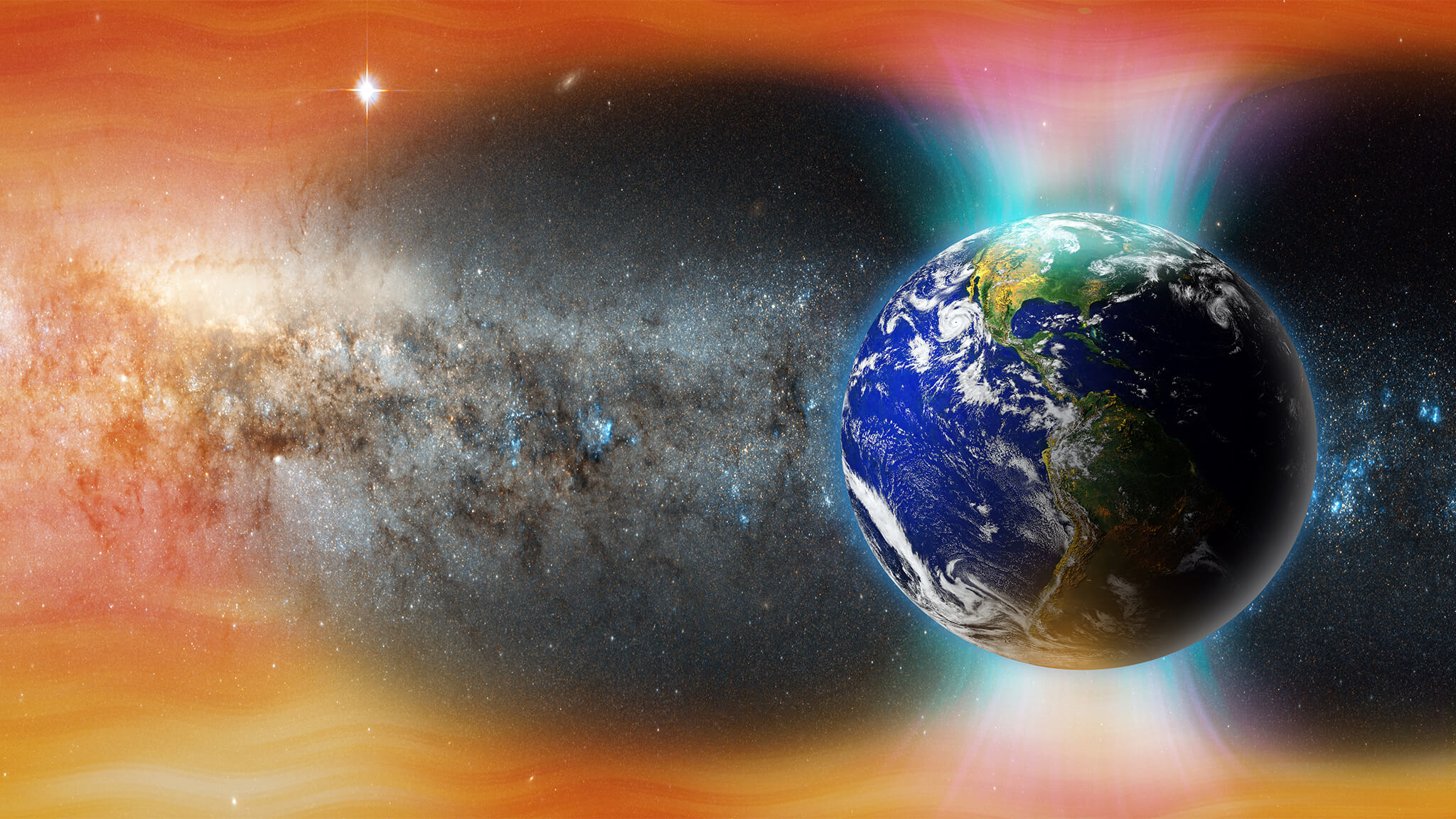
Intensely charged particles at Earth’s poles
Thus, get yourself to Alaska (for example) and take a seat on our tour?
“Correct. The polar regions are the best places on earth to observe the aurora for the reasons discussed.”
Whenever I speak with Joe I can’t help but think most of our problems on this planet are so insignificant given the small scale of our place in the universe. So I asked…
Joe, we are specs in the universe, yes?
“Yes, That is true, in a relative sense!”
And with one shift of something in space we could all disappear in a nano-second, right?
“Absolutely. Here’s the interesting point. We’re very lucky that we have a magnetic field. These charged particles have a lot of energy. If we didn’t have a magnetic field they would basically penetrate to the earth’s surface and flow through us.”
With what result?
“Well, life would probably look very much different than it does now, or perhaps not exist at all.”
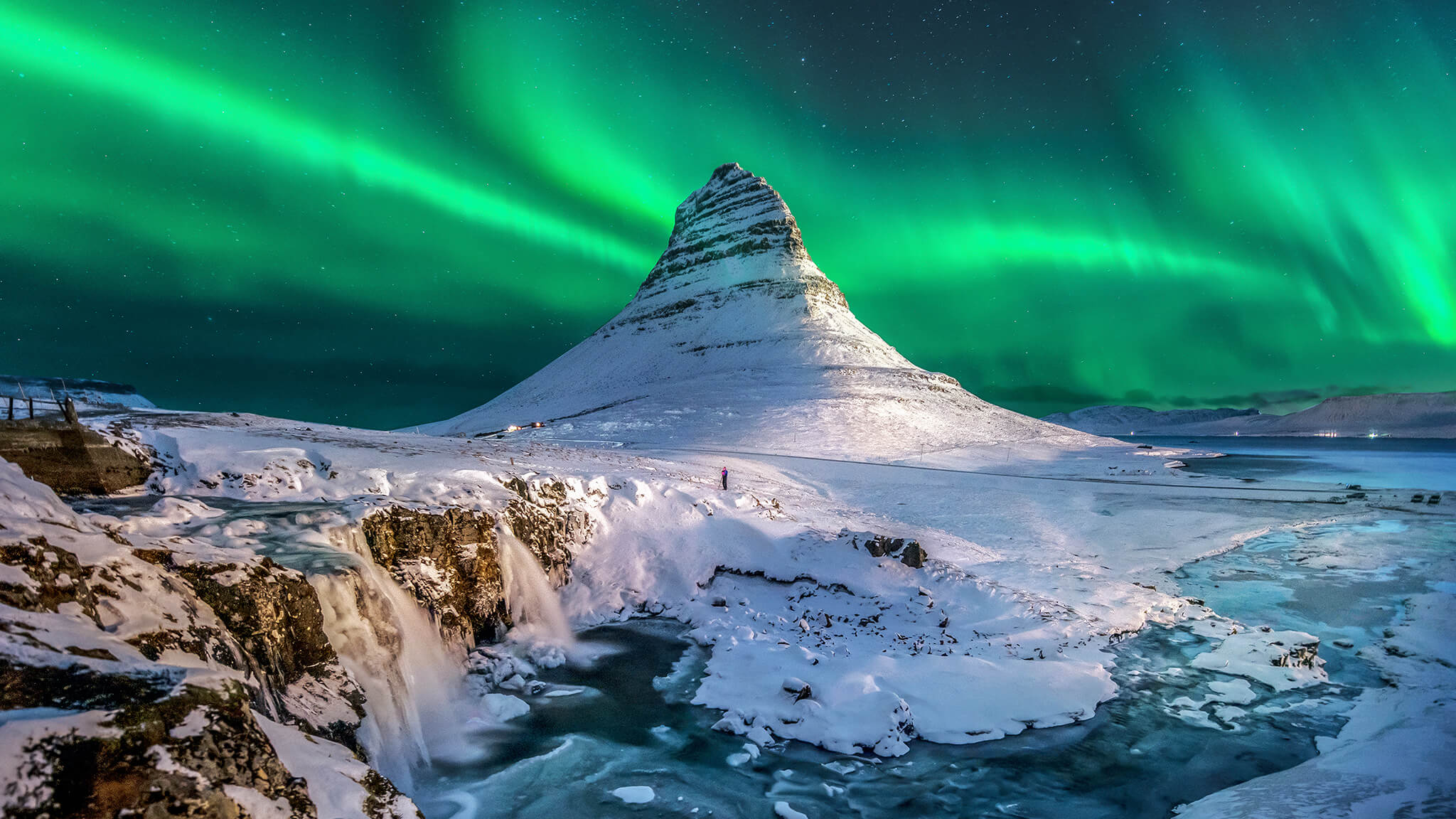
Northern lights in Iceland
So good news, the magnetic field is working, yes?
“That’s right. In some sense, the Aurora is an indicator that our magnetic field is working well.”
Is this a constant event?
“There’s almost always an Aurora, but it’s usually very faint. But sometimes there are storms on the sun that eject a huge quantity of charged particles, much more than normal. And if they pass by the earth, we can get spectacular auroral displays.”
Can we time a tour to that day?
“It’s essentially random times when we can get strong Auroral, brighter than normal displays. Otherwise, it’s a kind of steady-state activity; always there but sometimes too faint to see.”
Ok, sorry to ask this again but if this were to go away .. a danger to humanity?
“That’s not going to happen. To lose a magnetic field signifies much more problematic things.”
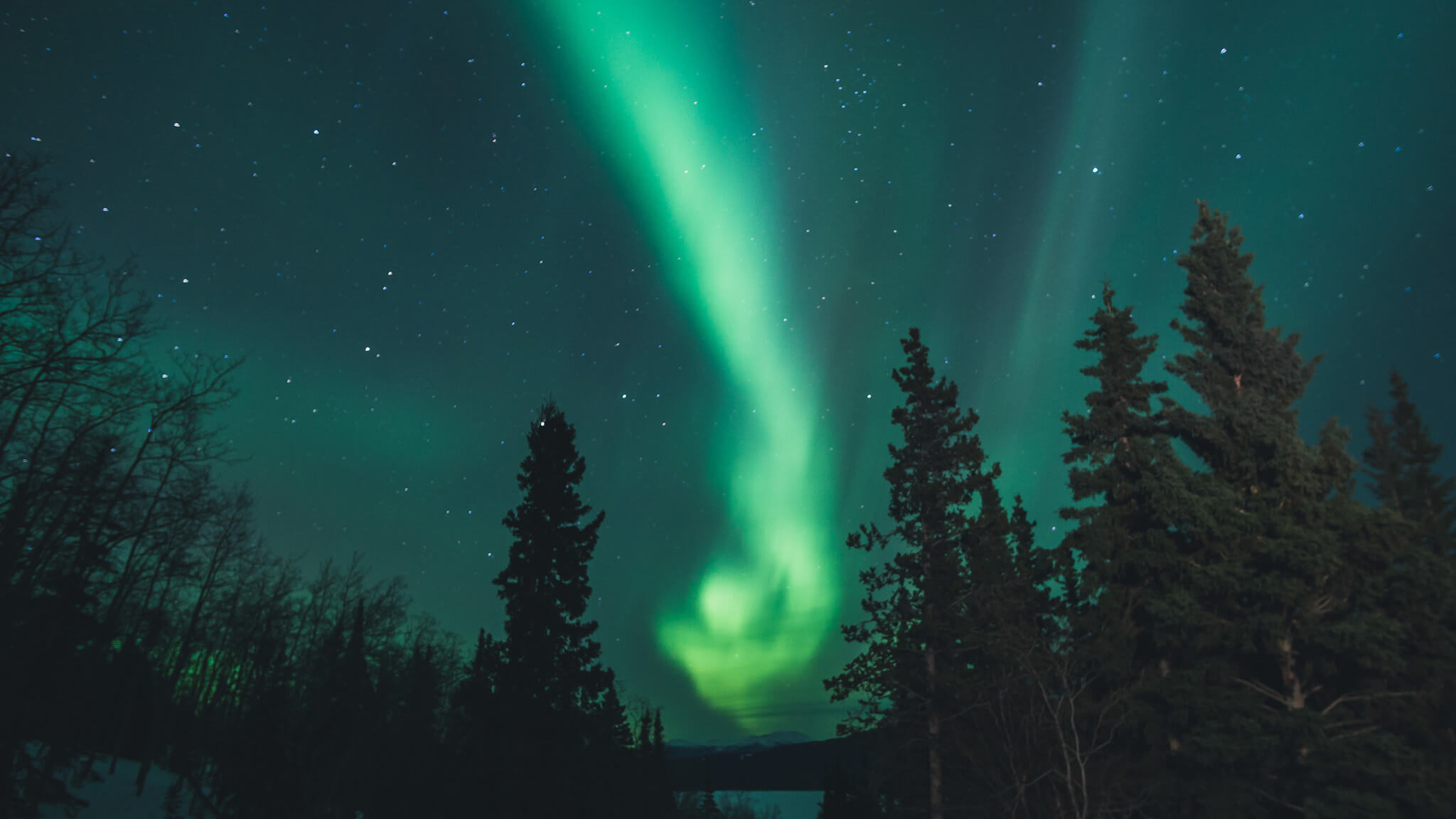
Northern Lights in Yukon, Canada
My goal is to convince an audience to take a bike and kayak trip to Alaska.
“I think that’s fantastic. And getting people to look up at the sky, that’s also great!”
********
So what did I learn?
I learned that the magnetic poles are more important than just helping with a compass. That there are charged particles racing around the atmosphere all the time. I was also reminded of the risks associated with promoting the Northern Lights as a “Tour Highlight” as it could be the middle of the night when best viewing occurs, or cloudy skies.
Finally, making time on a clear, quiet night away from city lights to look up at the night sky… is worth the effort.
********
Dr. Joe Pesce
Dr. Pesce is an astrophysicist whose primary area of interest is the external environments of galaxies hosting supermassive black holes — to understand black hole formation and fueling. He has been involved in pioneering observations with ground- and space-based telescopes. Dr. Pesce is currently a Program Director at the National Science Foundation where he is responsible for most of the US Government’s ground-based radio astronomy facilities. He earned his PhD. from Cambridge University (UK) and holds academic positions with the University of Colorado, Boulder and George Mason University, and serves as a contributor on Hill-TV’s program, ‘Rising.’
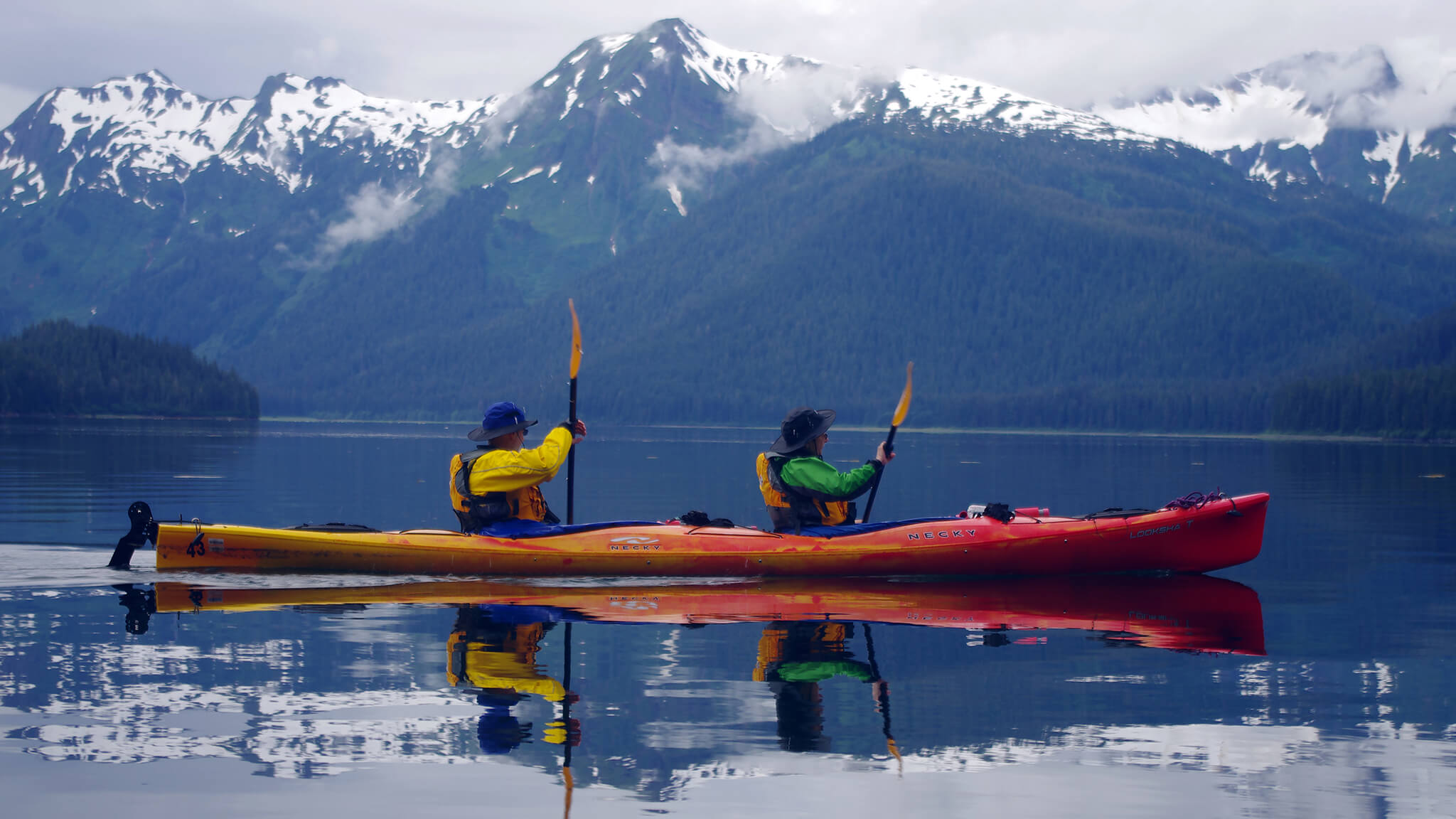
Kayaking in Juneau, Alaska
Intrigued to see how the Northern Lights work for yourself? Check out our Alaska Inside Passage Tour for details on exploring by bike and kayak. At the very least, we hope you’ve been inspired to take a moment and look at the night sky.
See tours in North America
Cycle & kayak
the coast of Maine
Alaska Inside Passage
by Bike
Special thanks to Reinhard Pantke for his Juneau Kayaking Photo


